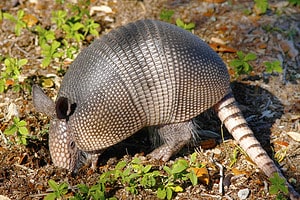The armadillo, which comprises the Cingulata order, is well known for its impressive armored appearance. Although they can range in color and size, all armadillos have a scaly-looking shell. This shell protects them against predators as it covers most of their body. Although most people find these adorable animals in Central America and South America, the nine-banded armadillo can also be located in the United States. This article will discuss the states and regions where armadillos live in Central and South America and the United States.
21 States and Regions Where Armadillos Live
First, we will discuss the states and regions within the United States where armadillos live. Then, below, we will showcase the regions in Central and South America where they can be found.
United States of America
The United States of America is home to one species of armadillos, the nine-banded armadillos. The majority of this species live in the southeastern region of the United States.
1. Alabama

Armadillos were first seen in Alabama around the 1940s.
©TreyMcGriff/ via Getty Images
Although not native to Alabama, armadillos have expanded to the area. They were first seen in Alabama around the 1940s when people thought they came from Texas. While armadillos used to be found only in select counties, most people now believe they are likely present in most counties in Alabama.
2. Arkansas
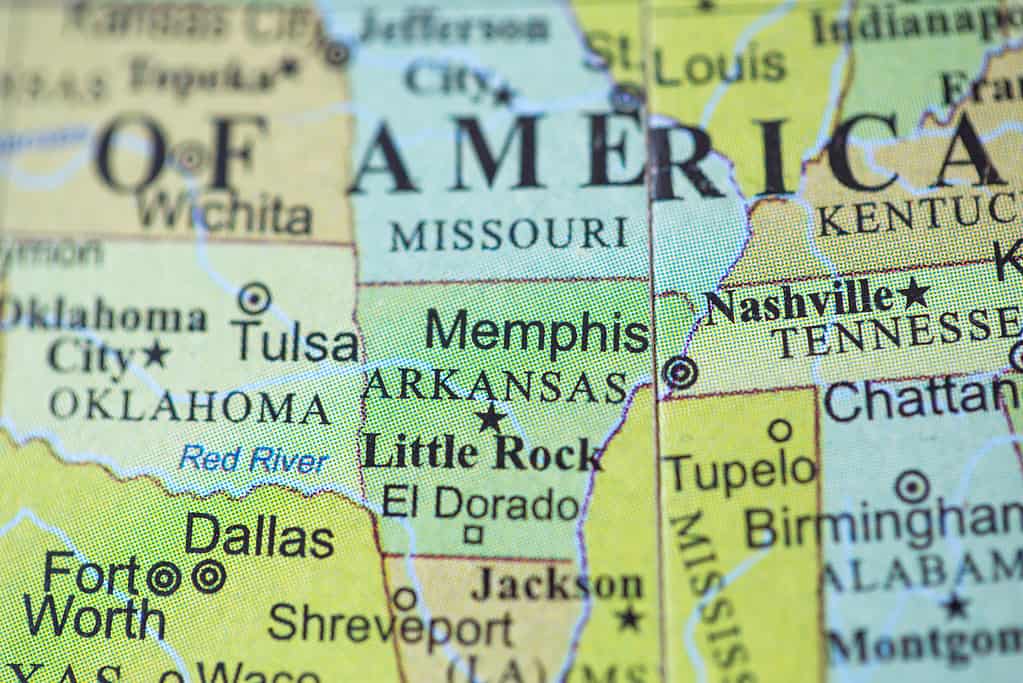
Arkansas is another state where armadillos live.
©victormaschek/iStock via Getty Images
According to the University of Arkansas System, “Nine-banded armadillos were first officially reported in north Arkansas in 1921.” Although it appeared that the armadillo would not become an established population, by 1990, they could be found statewide.
3. Florida
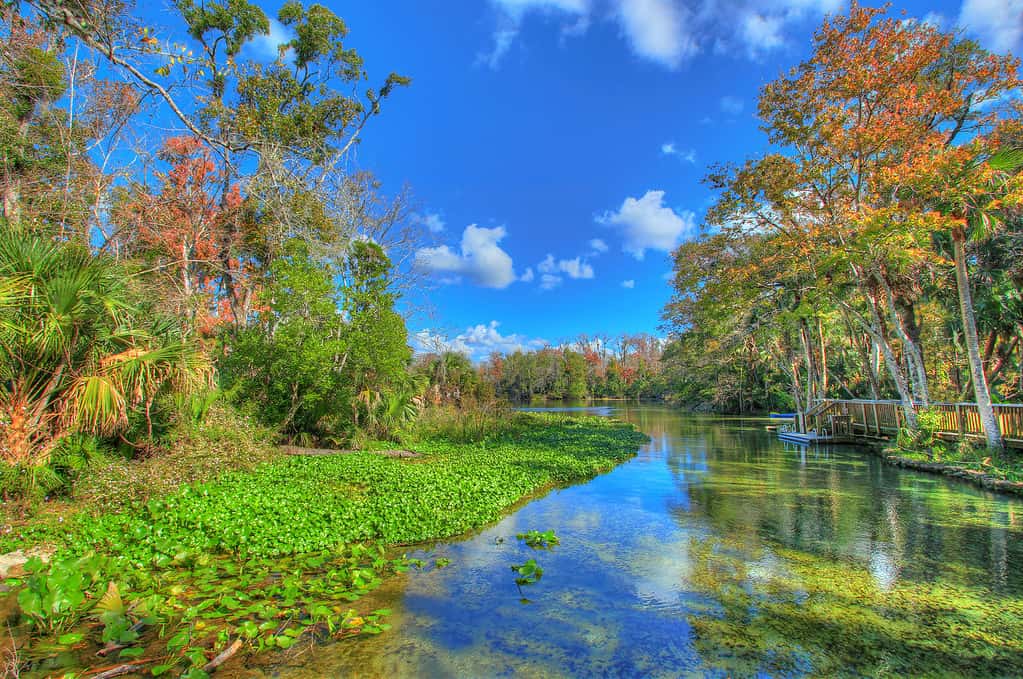
Another state where armadillos live is Florida.
©Totajla/iStock via Getty Images
Like Alabama, Florida met the armadillo when it expanded its territory from Texas. Today, armadillos are common throughout the entire state. Armadillos prefer semi-open areas with loose soil so that they can easily dig. Occasionally, armadillos wander into people’s yards and burrow in their garden soil.
4. Georgia

In Georgia, armadillos exist in almost every county apart from the mountain counties.
©Billy Heath III/Shutterstock.com
Armadillos exist in almost every county in Georgia, apart from the mountain counties. They are most common in central and southern Georgia. The armadillo is easy to identify here because no other mammal in the state has their bony skin plates.
5. Kansas
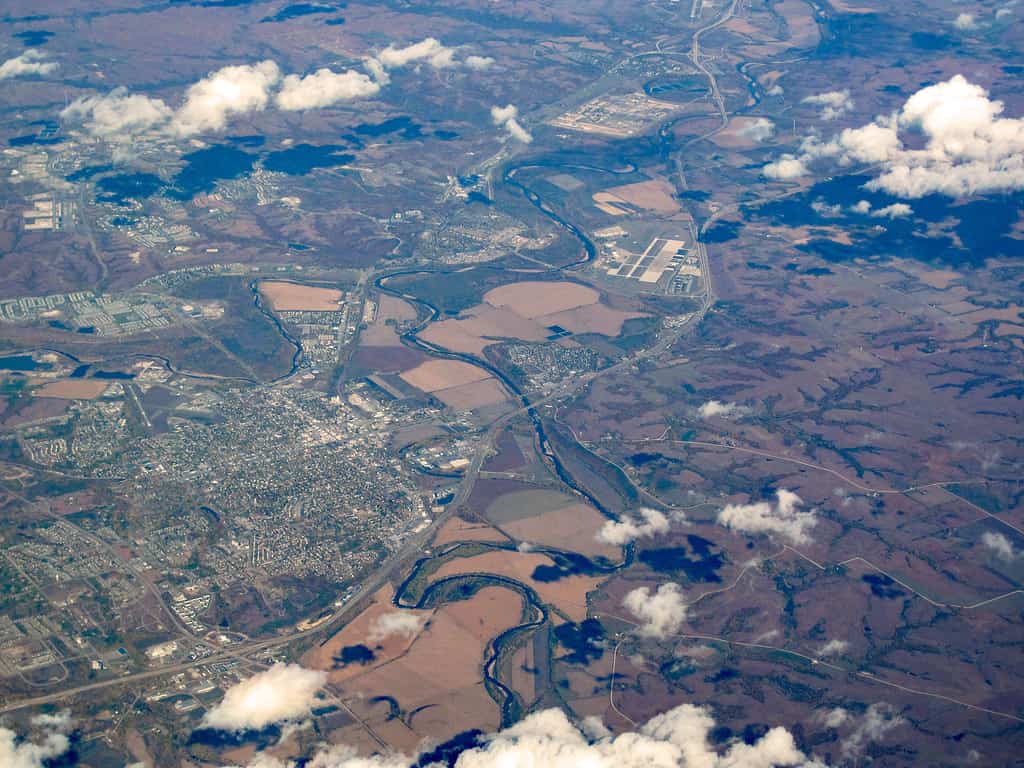
Armadillos are found throughout the state of Kansas.
©James St. John / CC BY 2.0, Flickr – License
Another state where armadillos live is Kansas. Like other states on the list, Kansas has armadillos throughout the state. Armadillos are typically found in places that offer cover from vegetation. They like this cover as it protects them during the daylight hours.
6. Louisiana
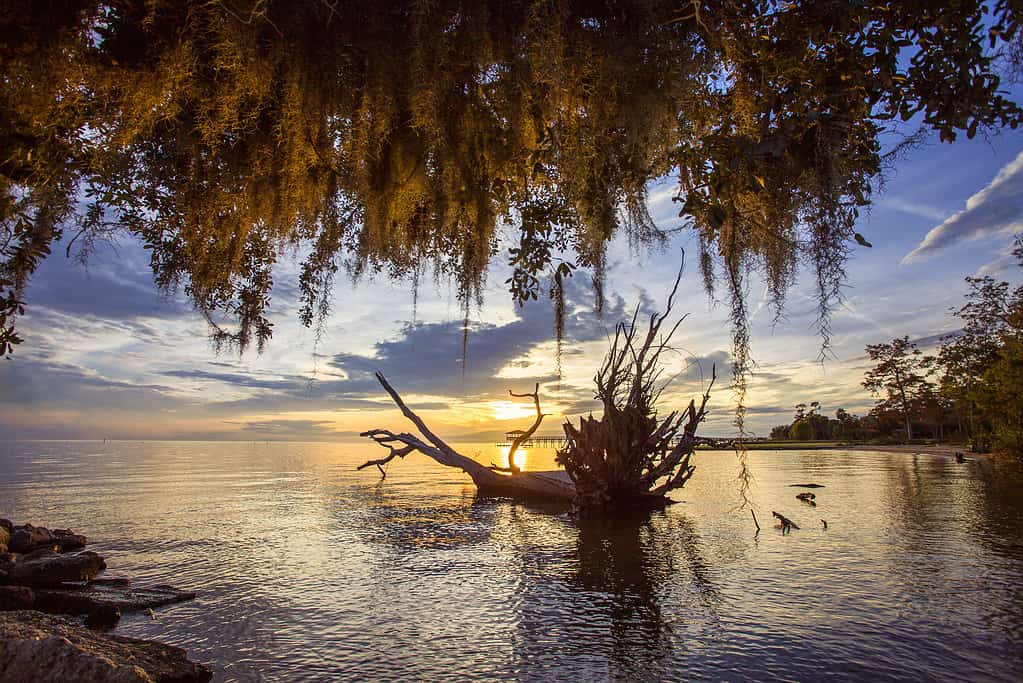
In Louisianna, armadillos can be more readily found in areas with mature trees.
©tyalexanderphotography/ via Getty Images
Armadillos are also found throughout Louisana. They can most readily be found in areas with mature trees, such as forests. Armadillos enjoy forests because the soil is usually good for digging their burrows.
7. Missouri

Armadillos are primarily found in the southern half of Missouri.
©Sandra Sapp/iStock via Getty Images
Armadillos are not as widespread in Missouri as in other states. They are primarily found in the southern half of the state. This is because the cold weather in the northern region keeps them at bay. Armadillos do not thrive in cool areas because their thin shells and a little body fat do not keep them too warm.
8. Mississippi
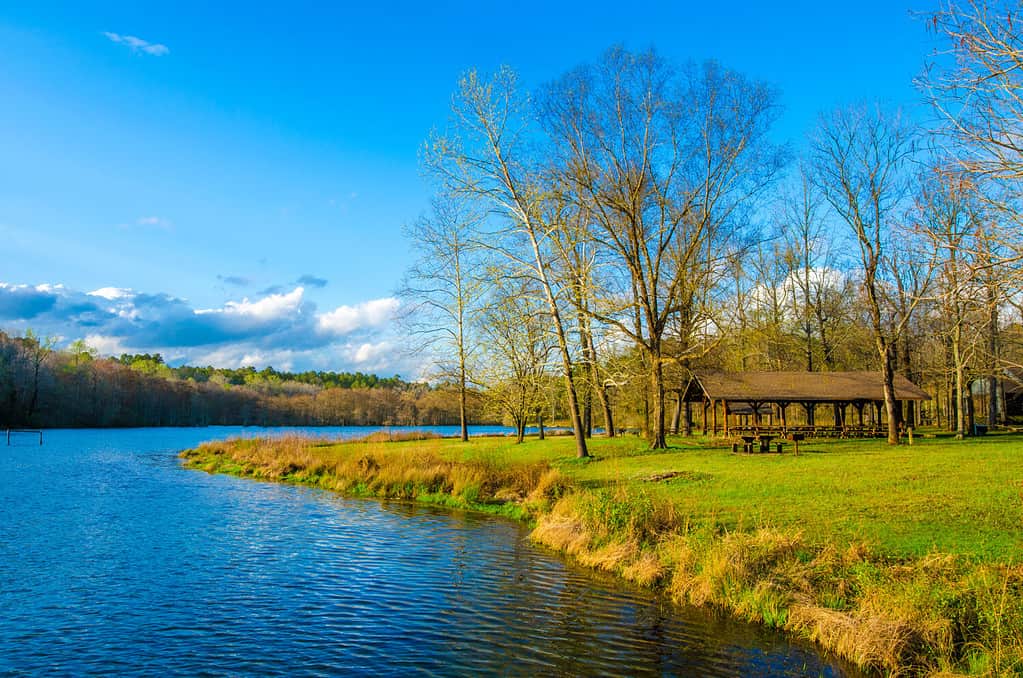
Mississippi has many different landscapes, including forests, wetlands, and prairies.
©David7/Shutterstock.com
Another state where armadillos live is Mississippi. Although they live here, people rarely see them. These creatures prefer to keep to themselves and try to limit their interaction with humans. Being a primarily nocturnal creature helps them to achieve this goal.
9. New Mexico
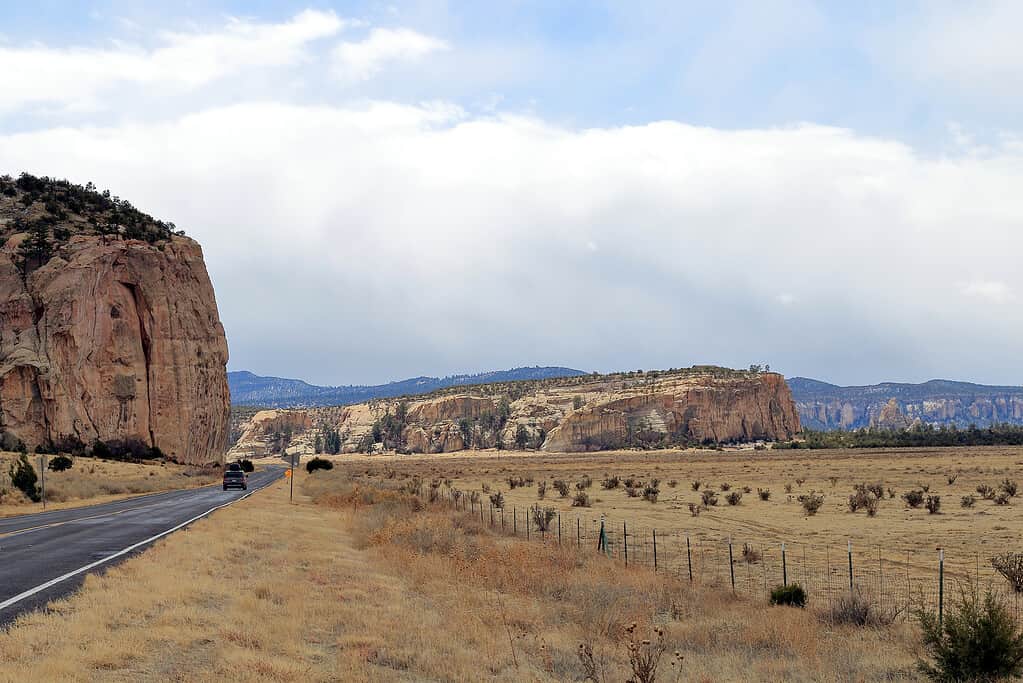
People are encouraged to take photos and record any sightings of armadillos in New Mexico.
©Faina Gurevich/iStock via Getty Images
Although armadillos in the southern states are common, New Mexico sightings have become less frequent. Recent activity in Texas gives people hope that these creatures will soon be returning to this state. If you see an armadillo in New Mexico, you are encouraged to photograph and document where the sighting occurred to help research their whereabouts.
10. Oklahoma

Armadillos like places with soft soil because it is easier to dig through.
©JACoulter/Shutterstock.com
People who live in Oklahoma are used to seeing armadillos. They are pretty common across the state. They also frequently cause damage to homeowner’s lawns. This is particularly true during the summer when people are watering their lawns and landscaping. That helps make the soil soft and easier to dig through, which is one of the armadillo’s favorite activities.
11. Texas

Texas is the state where armadillos are the most popular.
©miroslav_1/iStock via Getty Images
The armadillo is very common in Texas and is the state mammal of Texas. In Texas, armadillos are the most popular or have the highest quantity of their numbers. They can be found in all areas across the state except the western Trans-Pecos portion. Although many people complain about these critters digging in their gardens, there may be one benefit. Armadillos love to dig up and eat grubs, which can be a pesky insect that harms home lawns.
12. Regions in Central America
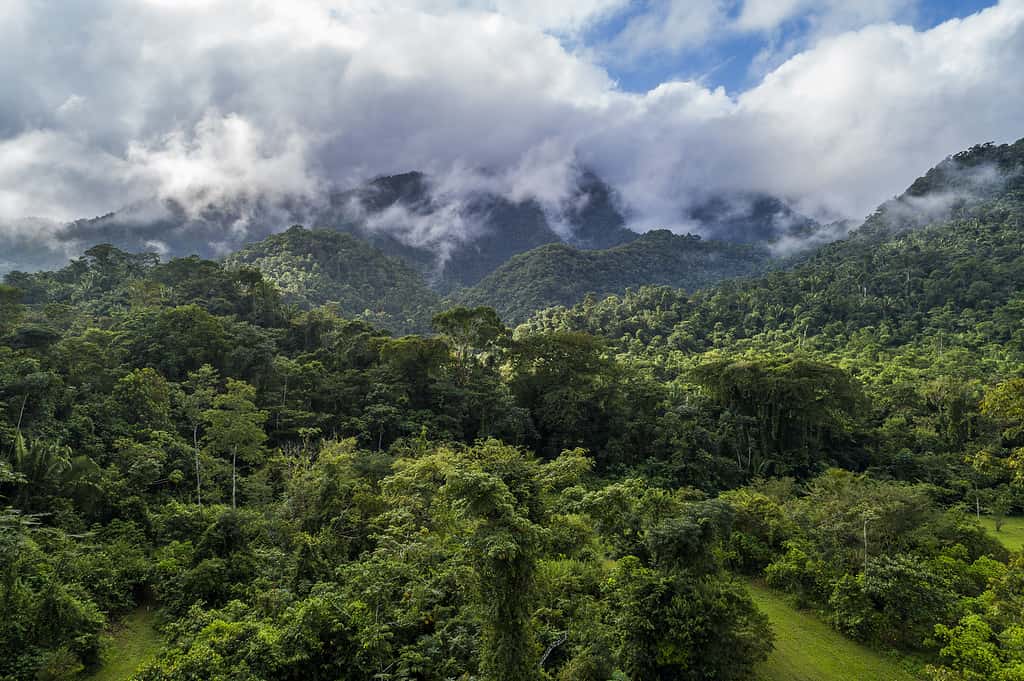
The two species of armadillos that inhabit Central America are the northern naked-tail armadillo and the nine-banded armadillo.
©jamenpercy/ via Getty Images
Armadillos prefer temperate and warm habitats across Central and South America. The northern naked-tail armadillo and the nine-banded armadillo are two species of armadillos that inhabit Central America. People spot armadillos across the majority of regions in Central America. The armadillos love the warm climate of Central America, and the rainforests offer an excellent home for them. Additionally, people eat armadillos in many parts of Central and Southern America.
Regions in South America
Below are some regions where armadillos live in South America.
13. Argentina

Many species of armadillo call Argentina their home.
©rocharibeiro/Shutterstock.com
Argentina is a huge and ecologically diverse country. It is also home to many species of armadillo. Some of these include the giant armadillo (Priodontes maximus), which can be found throughout the country, and the pink fairy armadillo (Chlamyphorus truncatus), which can be found in central regions.
14. Bolivia

Armadillos thrive in Bolivia because many areas provide them with loose, sandy soil for easier burrowing.
©piccaya/iStock via Getty Images
People know Bolivia for its beautiful landscapes and incredible salt flats. However, it is also home to a diverse population of animals. Some armadillos in this country are the hairy armadillo (Chaetophractus nationi) and the greater fairy armadillo. The greater fairy armadillo inhabits western and central areas of the country. Armadillos thrive in Bolivia because many areas provide them with loose, sandy soil for easier burrowing.
15. Brazil

The three-banded armadillo is native to Brazil.
©f11photo/Shutterstock.com
A variety of armadillos live in Brazil as well. The three-banded armadillo (Tolypeutes tricinctus) is the most common or well-known species. Brazil is one of the places that this particular species is native to. It tends to stay in two distinct regions in Brazil, the Cerrado and Caatinga regions.
16. Chile
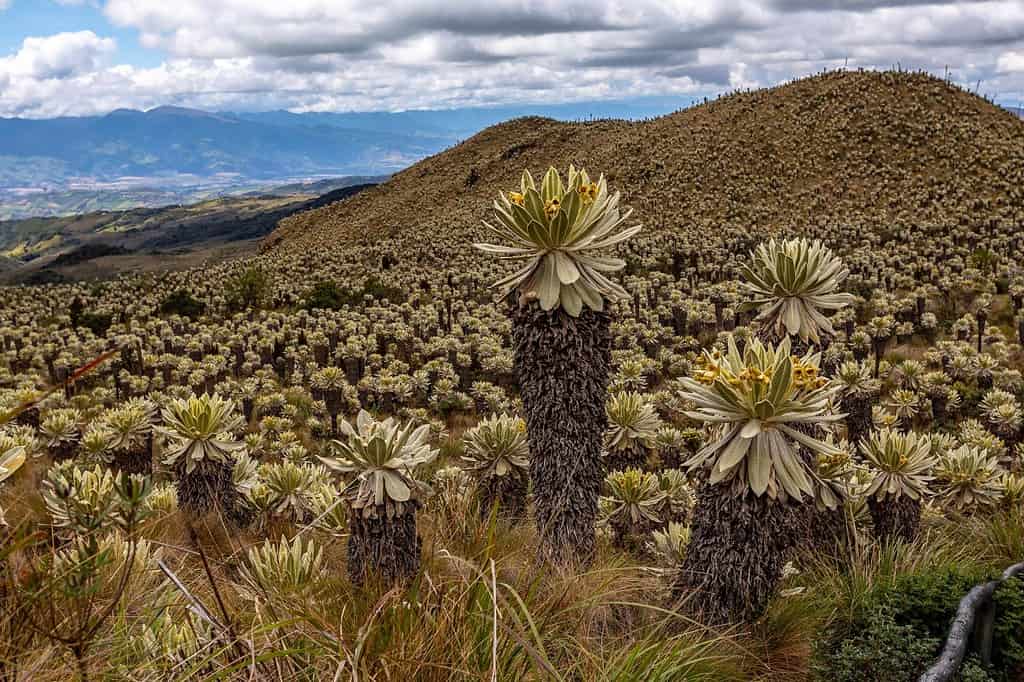
Armadillos in Chile typically live on the eastern side.
©Ecuadorpostales/Shutterstock.com
The hairy armadillo (Chaetophractus vellerosus) and the dwarf armadillo (Zadedyus pichiy) are two species that inhabit Chile. People typically find armadillos on the eastern side of Chile. Experts consider the hairy armadillos to be one of the wild’s most abundant species of armadillos.
17. Paraguay
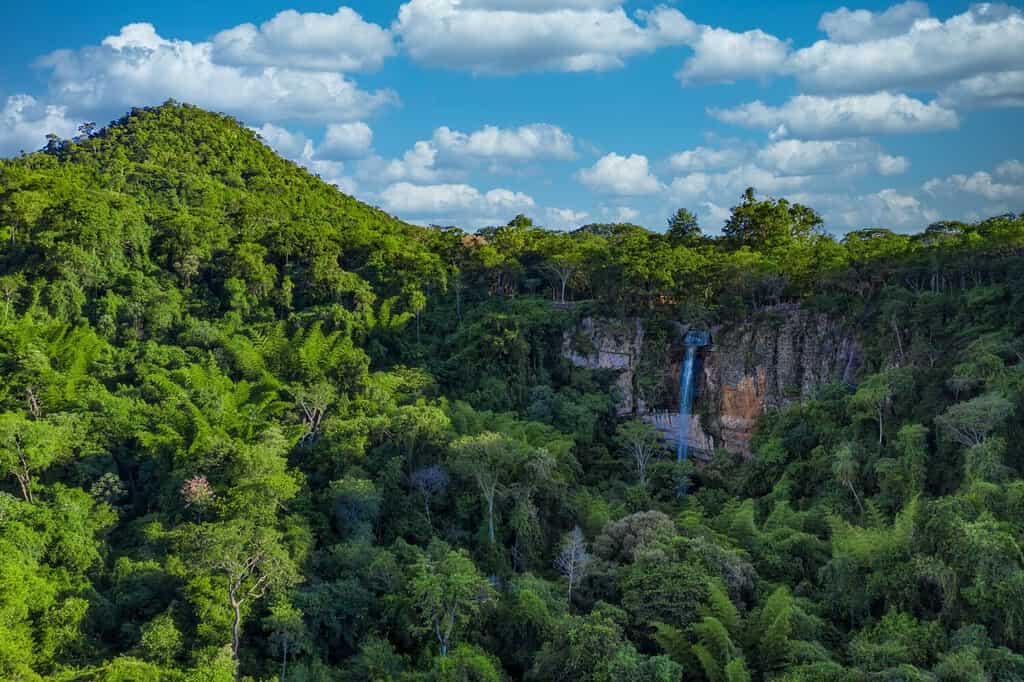
Paraguay has the highest species diversity of armadillos in the world.
©Jan Schneckenhaus/Shutterstock.com
This country offers a great diversity of mammals and wildlife. The University of Wisconsin says Paraguay has “the highest species diversity of armadillos in the world.” The greater fairy armadillo (Calyptophractus retusus) and the naked-tail armadillo (Cabassous tatouay) are two species that inhabit this country. The naked-tail armadillo is often found in the eastern regions.
18. Peru

Another region that has armadillos is Peru.
©Don Mammoser/Shutterstock.com
Peru is another region where armadillos live. If visiting, you can likely see the nine-banded armadillo. Its various landscapes, including deserts and rainforests, allow the armadillos to thrive in multiple areas. Armadillos are not the only animals that live in Peru. Peru is very rich in its wildlife diversity.
19. Suriname

This country is perfect for armadillos as its landscape has rainforests and savannas.
©iStock.com/Nabil Kamara
A common armadillo found in this country is the six-banded armadillo (Euphractus sexcinctus). These armadillos live in savannahs, grasslands, and forests. This country is perfect for the armadillos as its landscape has rainforests and savannas. Armadillos tend to favor the southern regions of Suriname.
20. Uruguay

Uruguay has many different climate zones and varied terrain.
©jikatu / CC BY-SA 2.0 – License
People also see armadillos in Uruguay. Uruguay has many different climate zones and varied terrain. It is home to rainforests, rolling plains, and beaches. One species of armadillo that you can find here is the six-banded armadillo. They primarily reside in savannas, although they can also inhabit forests.
21. Venezuela

One of the many species that inhabit Venezuela is the giant armadillo.
©Tuangtong Soraprasert/Shutterstock.com
While Venezuela is home to dangerous animals like jaguars and piranhas, it is also home to armadillos. One of the many species that inhabit Venezuela is the giant armadillo. These armadillo’s habitats can be rainforests, savannas, dry and semiarid woods, or other places with a steady supply of termites.
Summary of 21 States and Regions Where Armadillos Live
| United States of America | Central America | South America |
|---|---|---|
| Alabama Arkansas Florida Georgia Kansas Louisiana Missouri Mississippi New Mexico Oklahoma Texas | Two species can be found across most regions in Central America | Argentina Bolivia Brazil Chile Paraguay Peru Suriname Uruguay Venezuela |
The photo featured at the top of this post is © Svetlana Foote/Shutterstock.com
Thank you for reading! Have some feedback for us? Contact the AZ Animals editorial team.




